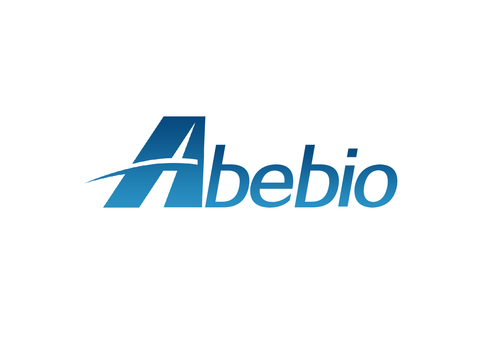Product Description
Mouse Pyroglutamylated RFamide peptide receptor (QRFPR) ELISA Kit | AE24857MO | Abebio
Species Reactivity: Mouse (Mus musculus)
Abbreviation: QRFPR
Alternative Name: AQ27; GPR103; MGC149217; SP9155; G protein-coupled receptor 103|OTTHUMP00000164030|QRFP receptor
Application: ELISA
Range: Request Information
Sensitivity: Request Information
Intra-Assay: ≤5.2%
Inter-Assay: ≤9.6%
Recovery: 0, 98
Sample Type: Serum, Plasma, Other biological fluids
Detection Method: Sandwich
Analysis Method : Quantitive
Test Principale: This assay employs a two-site sandwich ELISA to quantitate QRFPR in samples. An antibody specific for QRFPR has been pre-coated onto a microplate. Standards and samples are pipetted into the wells and anyQRFPR present is bound by the immobilized antibody. After removing any unbound substances, a biotin-conjugated antibody specific for QRFPR is added to the wells. After washing, Streptavidin conjugated Horseradish Peroxidase (HRP) is added to the wells. Following a wash to remove any unbound avidin-enzyme reagent, a substrate solution is added to the wells and color develops in proportion to the amount of QRFPR bound in the initial step. The color development is stopped and the intensity of the color is measured.
Product Overview: GPR103 shares between 35% and 38% sequence identity in the transmembrane regions with various peptide receptors, including neuropeptide FF2, neuropeptide Y2, and galanin GalR1 receptors. Northern blot analysis of human brain regions revealed widespread expression, including transcripts of 4.0, 2.6 and 1.4 kb in the thalamus and hypothalamus, with a further 9.5-kb transcript in the hypothalamus and a 1.4-kb transcript in the pituitary.The deduced 431-amino acid protein contains the 7-transmembrane structure typical of G protein-coupled receptors. GPR103 shares 49% identity with NPFF1 (GPR147) and NPFF2 (GPR74) . Quantitative PCR analysis detected highest GPR103 expression in brain, predominantly in retina, trigeminal ganglion, hypothalamus, and vestibular nucleus
Stability: The stability of ELISA kit is determined by the loss rate of activity. The loss rate of this kit is less than 5% within the expiration date under appropriate storage condition. The loss rate was determined by accelerated thermal degradation test. Keep the kit at 37°C for 4 and 7 days, and compare O.D.values of the kit kept at 37°C with that of at recommended temperature. (referring from China Biological Products Standard, which was calculated by the Arrhenius equation. For ELISA kit, 4 days storage at 37°C can be considered as 6 months at 2 - 8°C, which means 7 days at 37°C equaling 12 months at 2 - 8°C) .
 Euro
Euro
 USD
USD
 British Pound
British Pound
 NULL
NULL








